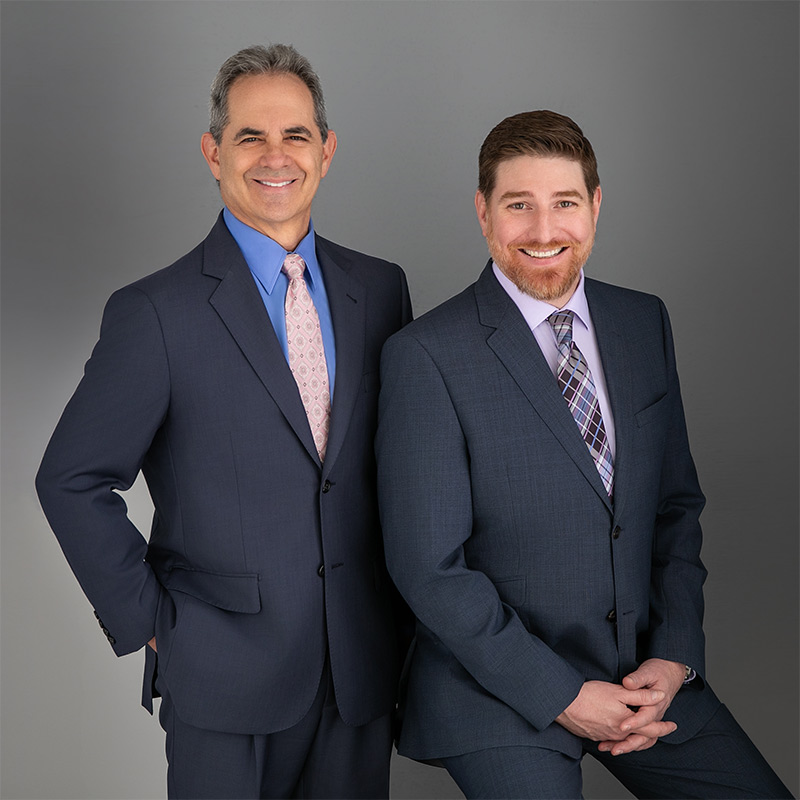According to the U.S. Department of Transportation (DOT) statistics, traffic fatalities for 2010 have hit an all time low despite the increase in amount of miles driven by Americans. This three percent drop from 2009 reflects a steady declining trend since the middle of the last decade. The greatest drop in fatalities occurred in Washington State, Oregon, Idaho, Montana and Alaska, where they fell by 12 percent, with Arizona, California and Hawaii having a decline of almost 11 percent.
Transportation officials say that the 2009 statistics may have been affected by the downturn of the economy, and that more unemployed youth results in less higher risk drivers on the road. The 2010 statistics, however, show that even though there is an increase in traffic on the roads, fatalities continue to decline. This decrease can be attributed to increased seat belt use, changes in vehicle safety systems, and campaigns addressing drunk driving and distracted drivers. According to U.S. Secretary of Transportation, Ray LaHood, “Even though we have had good results for this year, they are not good enough. Our goal is to reduce deaths to zero if that is at all possible.” The next step is to reduce fatalities by educating drivers of the latest threats on the road. Distractions while driving, such as talking on the phone and texting have proven to be deadly and can be avoided by educating drivers..









